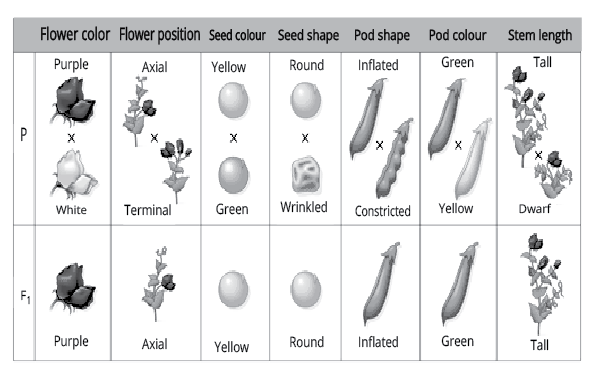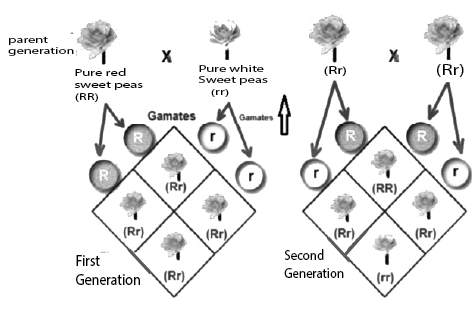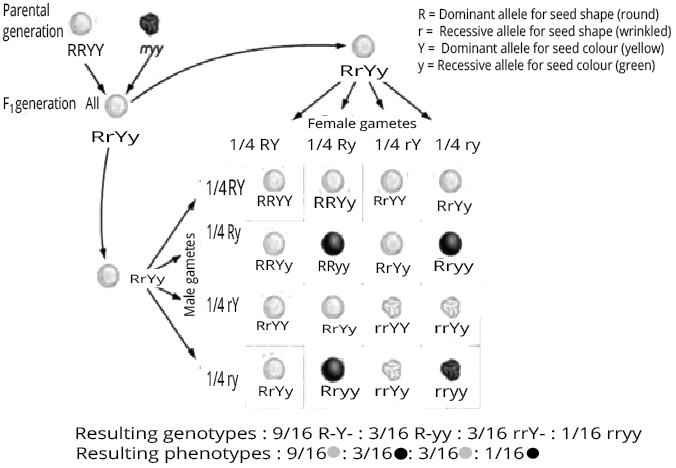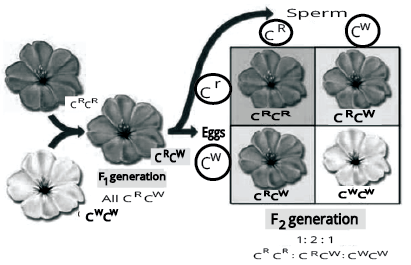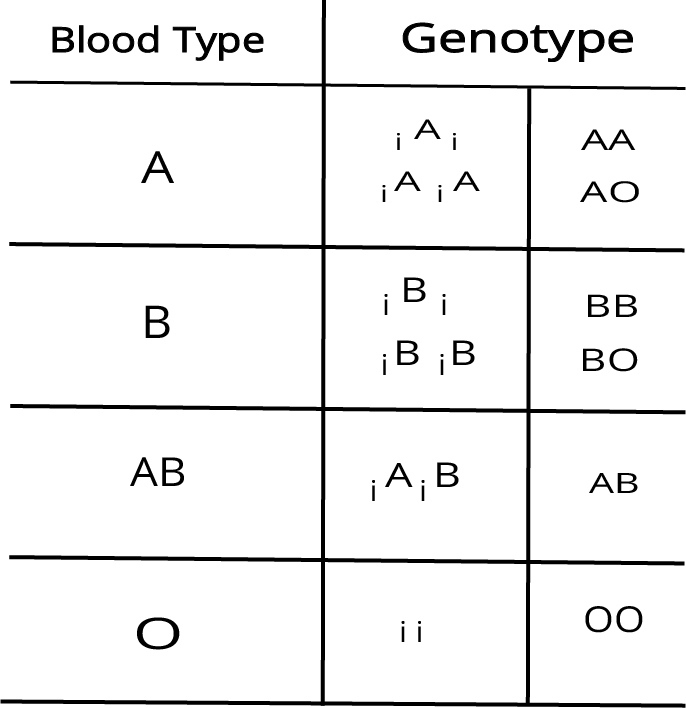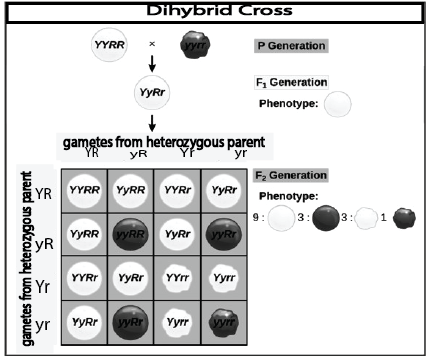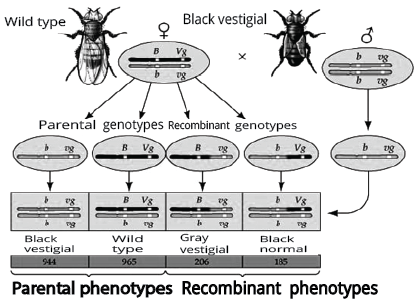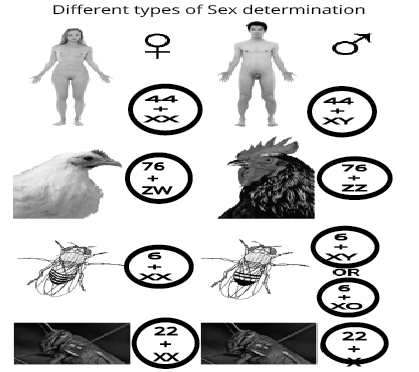Biology Notes for Chapter 4 Principles of Inheritance and Variation Class 12 - FREE PDF Download


FAQs on Principles of Inheritance and Variation Class 12 Biology Chapter 4 CBSE Notes - 2025-26
1. What are the core concepts included in Principles of Inheritance and Variation Class 12 Notes for quick revision?
Principles of Inheritance and Variation Class 12 Notes focus on Mendelian inheritance, chromosomal theory of inheritance, genetic disorders, sex determination, mutations, pedigree analysis, and deviations from Mendelian genetics. Key terms, concept maps, and diagrams are highlighted for fast and structured revision as per the CBSE 2025-26 syllabus.
2. How do revision notes help in understanding the laws of inheritance covered in Chapter 4 Biology Class 12?
Revision notes summarise Mendel's three laws of inheritance—law of dominance, law of segregation, and law of independent assortment—using concise definitions, illustrative examples, and stepwise explanations. This helps students memorise basic principles and recognize typical genetic patterns, which is crucial for effective exam preparation.
3. What structure should students follow for revising Principles of Inheritance and Variation efficiently?
For efficient revision, students should:
- Start with basic genetic terms and Mendel's experiments
- Study the laws of inheritance and their exceptions
- Review chromosomal theory and linkage/recombination
- Summarize genetic disorders and their causes
- Use diagrams and Punnett Squares to visualize crosses
- Regularly refer to summaries and key points at the end of the notes
4. Why is the concept of linkage and recombination important in Class 12 revision notes for inheritance?
Linkage and recombination explain why some genes are inherited together and others show variations. Understanding these concepts helps clarify exceptions to independent assortment and is essential for solving higher-level genetics questions involving dihybrid crosses and gene mapping in revision sessions.
5. Which genetic disorders should be prioritised during the revision of Chapter 4 Biology Class 12?
Students should focus on both Mendelian disorders (like haemophilia, sickle cell anaemia, thalassemia) and chromosomal disorders (such as Down's syndrome, Klinefelter's syndrome, Turner's syndrome), as these are commonly featured in board exams and exemplify the principles of mutation and chromosomal variations.
6. How do concept maps and flowcharts in revision notes enhance learning for Principles of Inheritance and Variation?
Concept maps and flowcharts visually organise complex information—such as genetic crosses, inheritance patterns, or stages of meiosis—making it easier to recall stepwise processes and relationships during last-minute revision and quick reviews before exams.
7. What is the significance of practicing pedigree analysis using revision notes for CBSE Class 12 Biology?
Practicing pedigree analysis enables students to interpret inheritance patterns over generations, detect dominant or recessive traits, and distinguish between autosomal and sex-linked inheritance. This directly prepares them for typical application and reasoning questions in board exams.
8. How should students approach learning deviations from Mendelism highlighted in the revision notes?
Students should focus on understanding incomplete dominance, co-dominance, multiple allelism, and gene interactions, using examples like flower color in Snapdragon and human blood groups. This helps broaden problem-solving strategies beyond simple Mendelian ratios.
9. Why is it important to summarise key points and create flashcards for Principles of Inheritance and Variation?
Summarising and making flashcards condenses complex content into digestible snippets, aids in active recall, and allows targeted revision of high-frequency exam topics, which is especially beneficial right before the board exams.
10. What types of application-based questions can be expected from Principles of Inheritance and Variation in exams, and how do revision notes prepare students for these?
Application-based questions may include interpreting genetic crosses, analysing pedigrees, explaining the outcome of mutations, or predicting the effect of chromosomal changes. Well-structured revision notes cover solved examples and practice problems, helping students apply concepts to unfamiliar situations confidently.



























